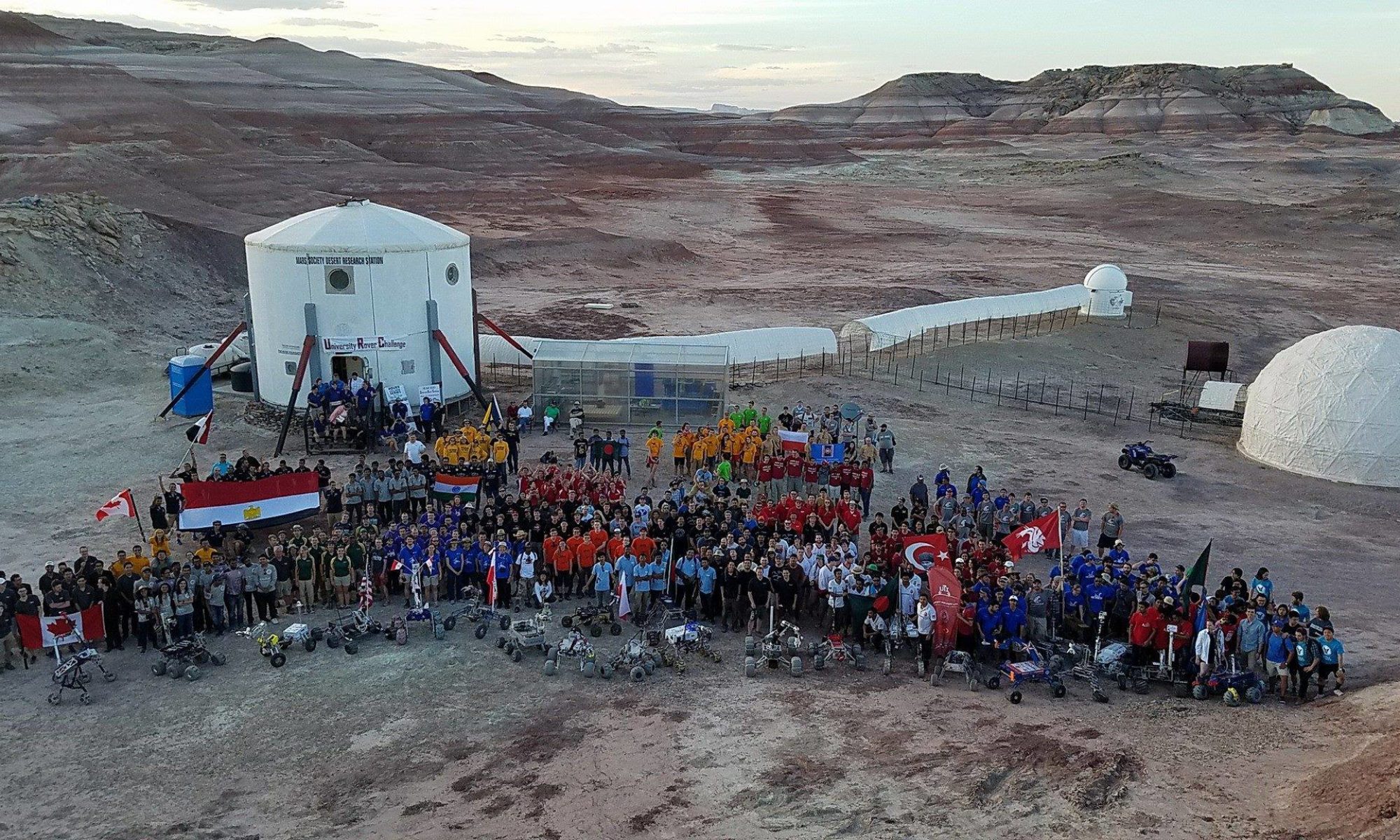Commander David Mateus
Executive Officer and Astronomer Luis Diaz
Health and Safety Officer Andrea De La Torre
Crew Engineer Tomas Burroni
Green Hab Officer Andres Reina
Crew Journalist Marina Busqueras
The mission at the Mars Desert Research Station (MDRS) was led by Commander David Mateus with a team of experts including Executive Officer and Astronomer Luis Díaz, Health and Safety Officer Andrea De La Torre, Crew Engineer Tomás Burroni, Green Hab Officer Andrés Reina, and Crew Journalist Marina Buqueras, embodied a significant stride in demonstrating global cooperation in space exploration. The crew, of Hispanic descent from various Latin American countries and Spain, aimed to enhance the inclusivity in space missions, motivating underrepresented communities to engage in STEM fields.
The projects tackled during the mission were diverse, ranging from engineering and safety protocols to sociological studies:
Early Fault Detection in Power Generator Systems: Addressing the critical need for uninterrupted power supply, the mission focused on preventive and predictive maintenance of the power generation system. A sensor kit was developed and installed on the station’s propane power generator to monitor vibrations and predict potential failures. Despite minor software issues, the successful deployment of the sensor kit during an EVA and subsequent data collection provided valuable insights into the generator’s performance, paving the way for the integration of such predictive maintenance systems in future missions.

Drone-Aided Martian Geolocation through Image Recognition: With the absence of a global navigation system on Mars, the mission explored the use of drone-captured images and image recognition algorithms to pinpoint the crew’s location relative to the base. The software, developed in Python with OpenCV, underwent successful trials using satellite imagery to test the algorithm’s robustness across various Martian terrains.
Drone Search and Rescue: The mission demonstrated using drones to search for crew members and navigate Martian terrain, ensuring safety and effective rescue operations. The trials confirmed that drones could provide alternative routes and communicate with the base in emergencies, possibly with both manual and automatic control modes.
Building materials for future Mars civilizations: The characteristics of the MDRS soil are suitable for creating construction materials using simple and readily available ingredients. The combination of simulated Martian dust, starch, and water has proven to produce a robust material with properties akin to conventional concrete. This innovative approach can simplify and reduce the cost of future space missions, paving the way for infrastructure construction on the red planet.
Methodology for the Characterization of the Social Implications of Confinement and Isolation: Drawing on the sociological and anthropological theories of Durkheim and Foucault, the mission studied the social dynamics within the crew. By identifying patterns of group cohesion and the sacred-profane dichotomy, the research provided a framework for understanding social structures in long-term space travel.
Techniques for Increasing the Signal-Noise Ratio in Processing Deep Space Images: Addressing the challenges in capturing deep space objects, the mission proposed methods to enhance the signal-to-noise ratio in astrophotography. The successful application of these techniques on a range of celestial bodies demonstrated their potential to improve deep-space imagery.
Generation of 3D Maps and Orthomosaics of Explored Canyons: Drones were used to optimize navigation during EVAs to create 3D models and maps of Martian canyons. The resulting data enhanced the safety and efficiency of future EVAs by providing detailed geographic information and identifying optimal access routes.
Each project represented a critical aspect of the mission, contributing to its overall success. The power system fault detection initiative established a foundation for future maintenance protocols, while the drone-aided geolocation and search and rescue operations enhanced the crew’s safety protocols. The sociological study provided insights into the potential organization of human groups in extraplanetary environments, which is essential for the long-term success of space missions. The advancements in astrophotography and 3D mapping served immediate operational needs and equipped future missions with refined methodologies and technologies.
In summary, the mission at MDRS served as a multifaceted endeavor that pushed the boundaries of current space exploration capabilities. It brought together technical innovation and social science to address the challenges of long-term space habitation. The projects undertaken during the mission have laid a solid foundation for future research and development in the field of astronautics, ensuring that subsequent missions to Mars and beyond are safer, more efficient, and inclusive.







You must be logged in to post a comment.